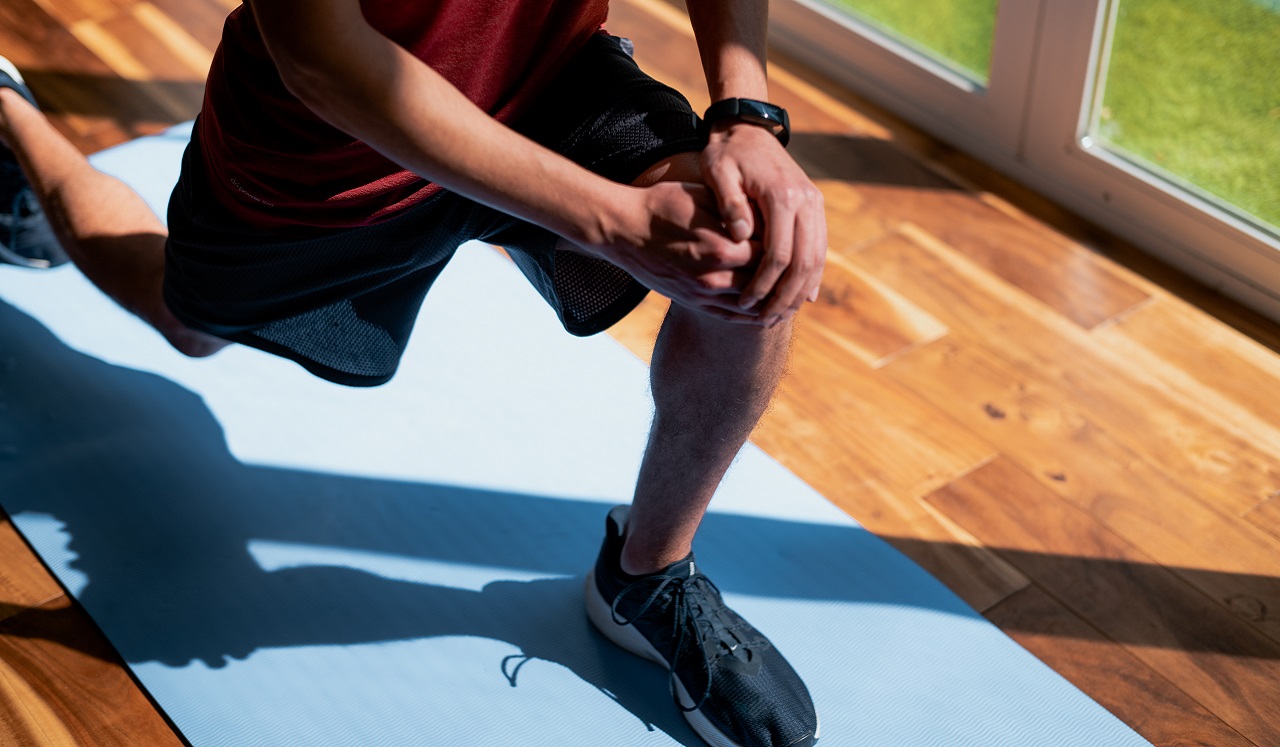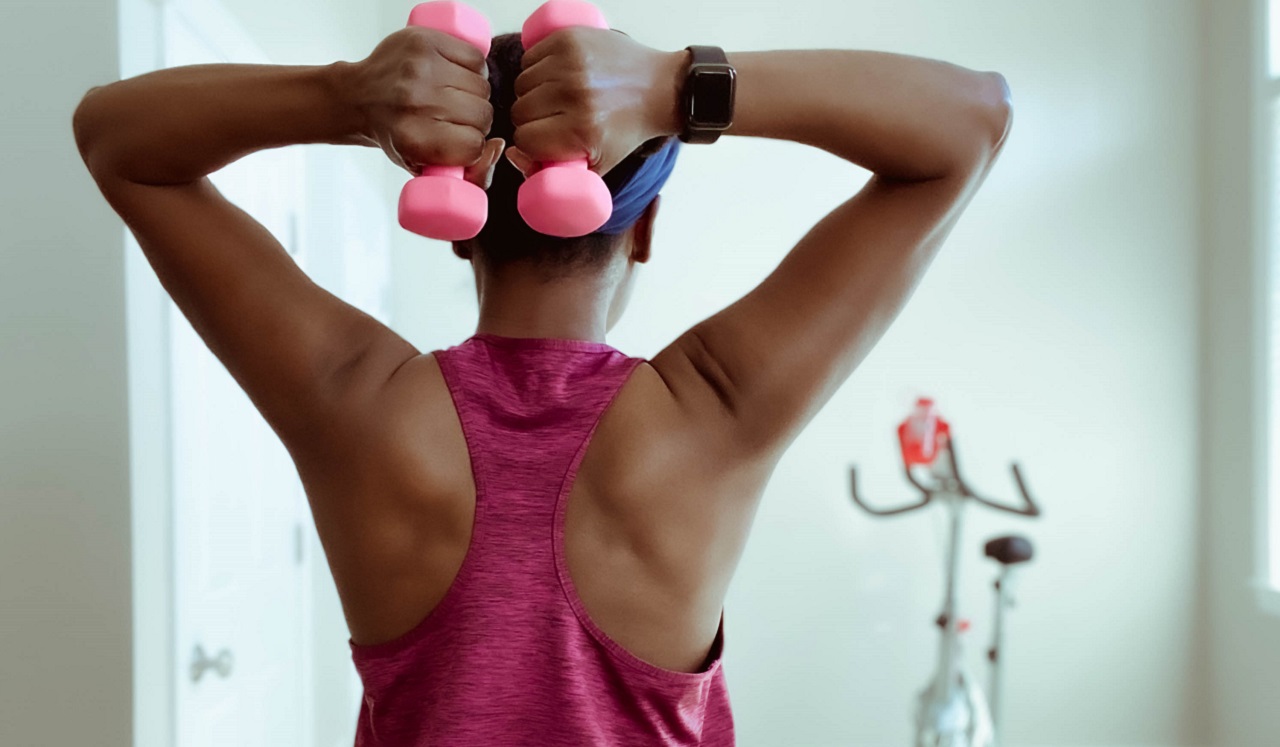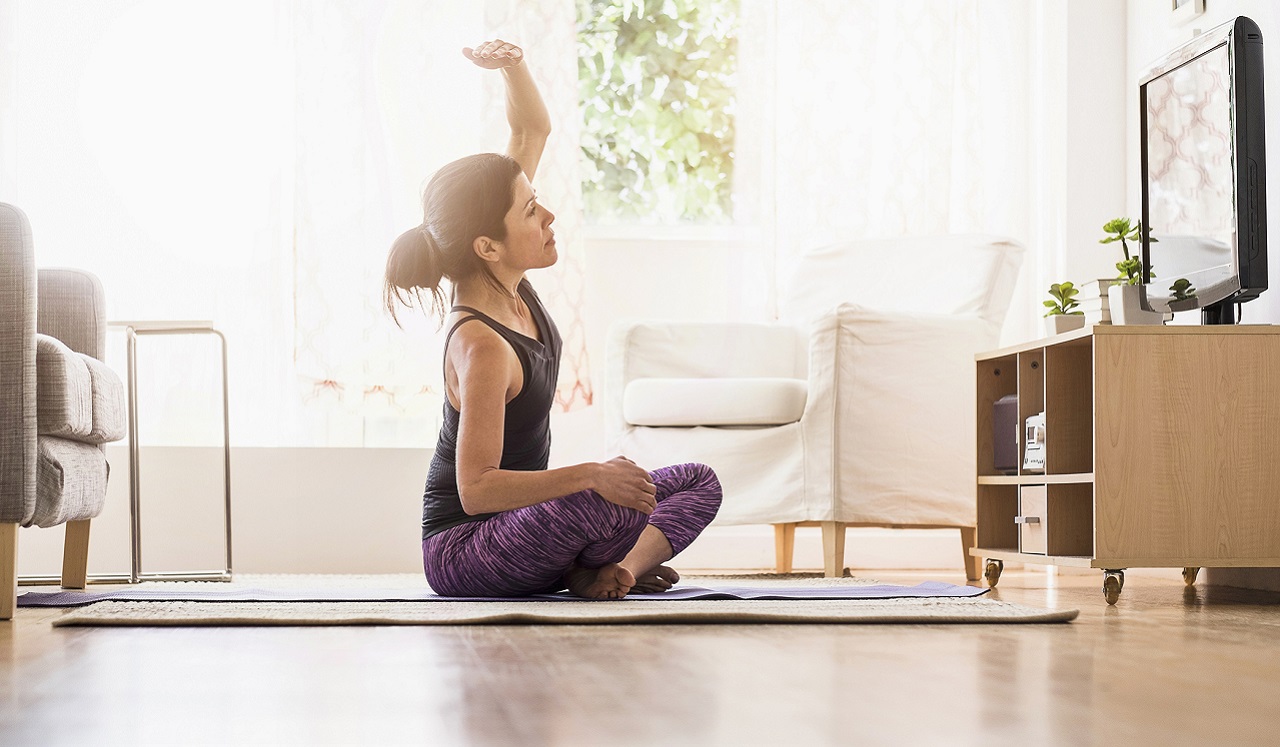Banish “No pain, no gain” as an exercise approach while setting your 2022 fitness goals.
“Look at fitness as a celebration of what your body can do, not as a chore or punishment for calories consumed,” says human performance dietitian Kim Lowry, RD, CSSD, LD, with Memorial Hermann | Rockets Sports Medicine Institute.
An attitude adjustment may be vital, especially as we cope with COVID-19 and related frustrations, she says. So, let’s get started.
One. Give your perspective a makeover.
Rather than obsess about the numbers on your scale or the distance you ran in the past, look inward and take note—literally. “Write down something positive after each workout,” says Lowry.
Maybe you felt more energetic or raised your resistance on your spin bike. Showing up at the gym also counts as a victory some days.
“What matters is your progress and your personal bests, not anyone else’s,” she says.
View movement as self-care. “It benefits you mentally, not just physically,” Lowry says.
It’s also important to schedule rest and recovery, such as skipping or shortening a session after a poor night’s sleep.
Two. Sample the fitness buffet.
If you dread your workouts, perhaps they’re poorly matched to you. Lowry recommends trying out routines on YouTube or at the gym until you find what you’ll enjoy long-term.
Often your personality dictates what works best for you. High-intensity classes among equally fast-paced folks can help those with energy to burn. Others may unwind with yoga, Tai Chi or other slower-paced classes. And for many, a walk in the park is the way to chill out.
Tune into your mood before, during and after working out. You’ll realize how much better you feel. “That’s how you build the mind-body connection and the desire to exercise,” she says.
Another pay-off is realizing you have the emotional tools to get through not just your sweat session, but other challenges: “Determination gets you out the door, resilience gets you through a crisis and strength gets you up to do battle again,” Lowry says.
Three. Alexa, find me workout buddies.
The pandemic has cut many people off from casual but comforting interactions with colleagues and clients in the workplace. “Such isolation can cause anxiety and depression,” Lowry says.
If you don’t feel comfortable joining a gym, you can join classes via fitness apps or websites such as YogaWithAdriene, Sweat, Presence.fit and Peloton.
Start by sampling workouts on YouTube or via free trials.
Four. Take a hike.
If you get planted at your laptop without a break, set a timer to remind you to get up and out, she says. Yes, you’re walking distance from the fridge—but also walking distance from the front door.
“Even a 5-minute walk will make you feel better,” Lowry says.
When doing so, take a step away from technology. By putting your phone down, you can be fully present with your surroundings—sounds, shadows, aromas, temperatures and other sensations. This, in turn, syncs you with your inner thoughts and needs.
“You’re in a long-term relationship with your body,” Lowry says, “so you should enjoy it.”


